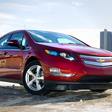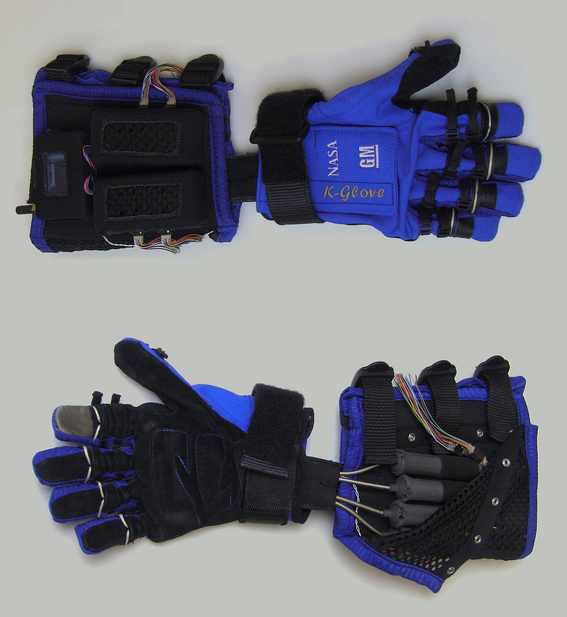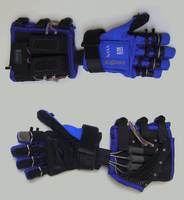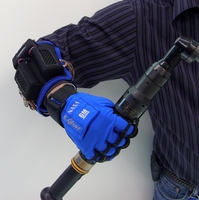|
Send this page to a friend! Fill in the form bellow | ||
news
General Motors and NASA Develop Robotic Gloves That Increase Grip Force
General Motors and NASA have been working together to develop a set of robotic gloves for human use that augment human grip strength to reduce repetitive stress injuries.
The gloves, which are know as the K-glove, Robo-Glove or Human Grasp Assist device. The development comes from GM and NASA's Robonaut 2 humanoid robot that resides on the International Space Station. The gloves emulate the nerves, muscles and tendons in he human hand with leading-edge sensors, actuators and tendons.
The gloves roughly double grip strength. So if someone usually gripped something 15-20 pounds of force, the gloves allow that person to use 5-10 pounds of force. GM claims that these gloves would allow workers to hold a grip longer and more comfortably.
“When fully developed, the Robo-Glove has the potential to reduce the amount of force that an auto worker would need to exert when operating a tool for an extended time or with repetitive motions. In so doing, it is expected to reduce the risk of repetitive stress injury,” said Dana Komin, GM’s manufacturing engineering director, Global Automation Strategy and Execution.
The gloves uses the finger actuation system from the R2 robot. Pressure sensors in the are in the fingertips detect when something is being grasped, and tendons in the glove pull the fingers into a grip and hold them there until the pressure sensors are released.
The Robo-Glove was first developed in March 2011 and are already in their second generation. The current version versions weigh two pounds, but the engineering teams are already working on a third generation that will be smaller and lighter.
GM and NASA filed four patents for portions of the the Robo-Glove.
Encyclopedia |
Contribute
more about GM



latest news









